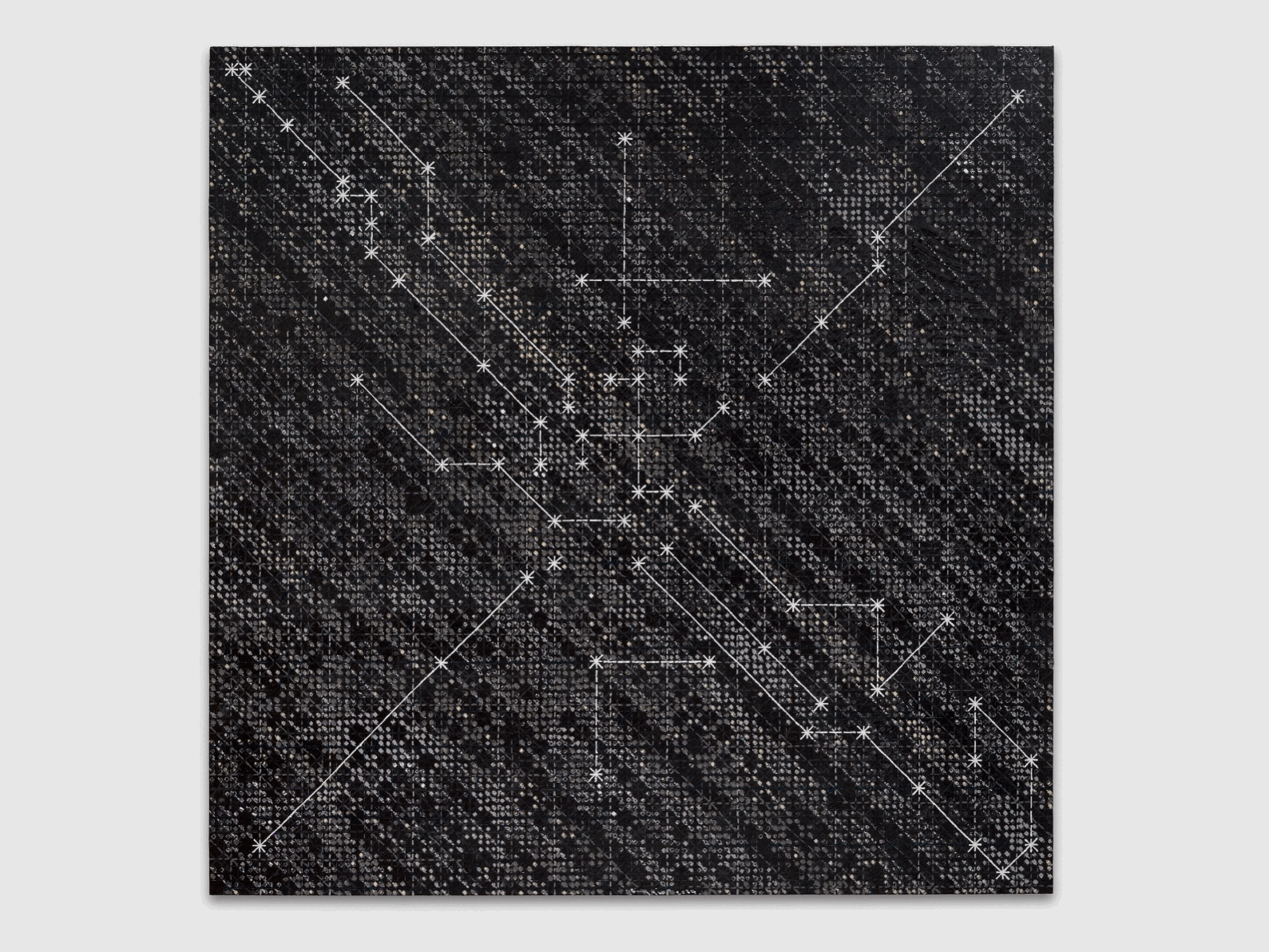I Thought I Lost It!
September 3–October 5, 2024
50 Samcheong-ro, Jongno-gu
03053 Seoul
Republic of Korea
Hours: Tuesday–Saturday 10am–6pm
T +82 2 720 1524
F +82 2 720 1527
info@hakgojae.com
I Thought I Lost It! is a project in the form of forum and exhibition that examines how art and architecture can contribute to the social consensus to create the resilient social communities we envision. This project serves as a platform for re-examining the interplay between art and society, focusing on themes such as communal engagement and social inclusiveness within artistic practices.
The community spirit of art advocated by this project engages in verifying how art fosters solidarity within the historical and mnemonic frameworks of individuals or communities and how it contributes to social agreements. The project aims to critically reflect on the myriad of “inherited wounds” that humanity must confront—encompassing political, social, and ecological challenges—while endeavoring to preserve the individual and collective memory of these issues.
The invited artists for this project are Oum Jeongsoon from Korea, Ding Yi from China, and Shiota Chiharu from Japan. These artists share a common theme of challenging and exploring the implicit yet inescapable self-identity that humans experience as fate. Their works focus on how art should engage with, mediate, and respond to social change as well as inclusiveness. Additionally, the project investigates how contemporary, motivated, and democratized audiences should reassess art, urban spaces, and architecture. The participating artists also diagnose and validate the human absence and ecological crises subtly imposed by social systems driven by rapid technological advancements.
Artists from three countries in East Asia—Korea, China, and Japan—share a long history of mutual influence and dialogue, proposing and critically assessing diverse perspectives on one another. Through their art, they have developed and articulated their own political, social, cultural, and ecological discourses. The artists participating in this project embody the zeitgeist and collective memories that shape the historical narratives of social communities, including those in marginalized or vulnerable positions, within a visual cultural framework. This approach transcends narrow geopolitical issues or specific regional relationships, focusing instead on the ontological essence of art.
Chinese artist Ding Yi emerged as a pioneer of geometric abstraction in the history of Chinese contemporary art. He began his journey into abstract painting in 1986 by using seemingly trivial and neglected mathematical symbol-like signs “+” and “x” as mediums of expression and communication. By proposing meaninglessness as an alternative in an era obsessed with finding profound meanings, he paradoxically conveyed his rejection of such pursuits. His art served as a messenger, documenting and reflecting on the social changes, economic development, and urbanization in China through diverse themes, compositions, and colors.
Shiota Chiharu, who has been based in Berlin since 1996, is renowned for her performance and installation art that employs threads. Her work explores the interplay between specific spaces and the materials within them, delicately exposing and interpreting themes such as memory, the body, boundaries, and alienation. Everyday objects featured in her work—such as keys, window frames, old clothes, shoes, boats, travel bags, and plastic tubes—are connected to personal or collective memories. The colors and materials, particularly red, which symbolizes lives, are intricately interwoven with these objects and threads.
In contrast to the common art-world taboo against touching artworks, artist Oum Jeongsoon invites viewers to touch and interact with her works, encouraging participation in the themes she explores. For instance, for visually impaired individuals, touching an elephant provides a sensory experience akin to encountering its presence. An elephant is a massive and complex entity that represents a profound contrast between seeing and not seeing, emphasizing the importance of social inclusiveness in art. Art’s capacity to support and heal marginalized groups, and its role in fostering social consensus through participatory engagement, are central to Oum Jeongsoon’s practice.
The works of participating artists capture the interaction of social anthropological messages such as time, history, individual and collective memory, evolution, progress, inclusiveness, and exclusiveness. They remind us that art plays a crucial role in addressing societal issues related to architecture, urban development, technology, and the environment while intervening in and conveying social meanings.
Additionally, critics, curators, architects, and urban planners with research interests in these themes are invited to participate in the forum as “researchers.” The forum is moderated by the curator of the project Yongwoo Lee, and speakers include: Manuela Lucà-Dazio, Tatehata Akira, Cho Minsuk, Li Xiangning, Shim Sang-yong, Shao Shu, Ding Yi, Oum Jeongsoon. The presentations and insights shared during the forum will be compiled and published in a book during the exhibition period.
For press releases and publicity, please contact: lisashin [at] hakgojae.com.


